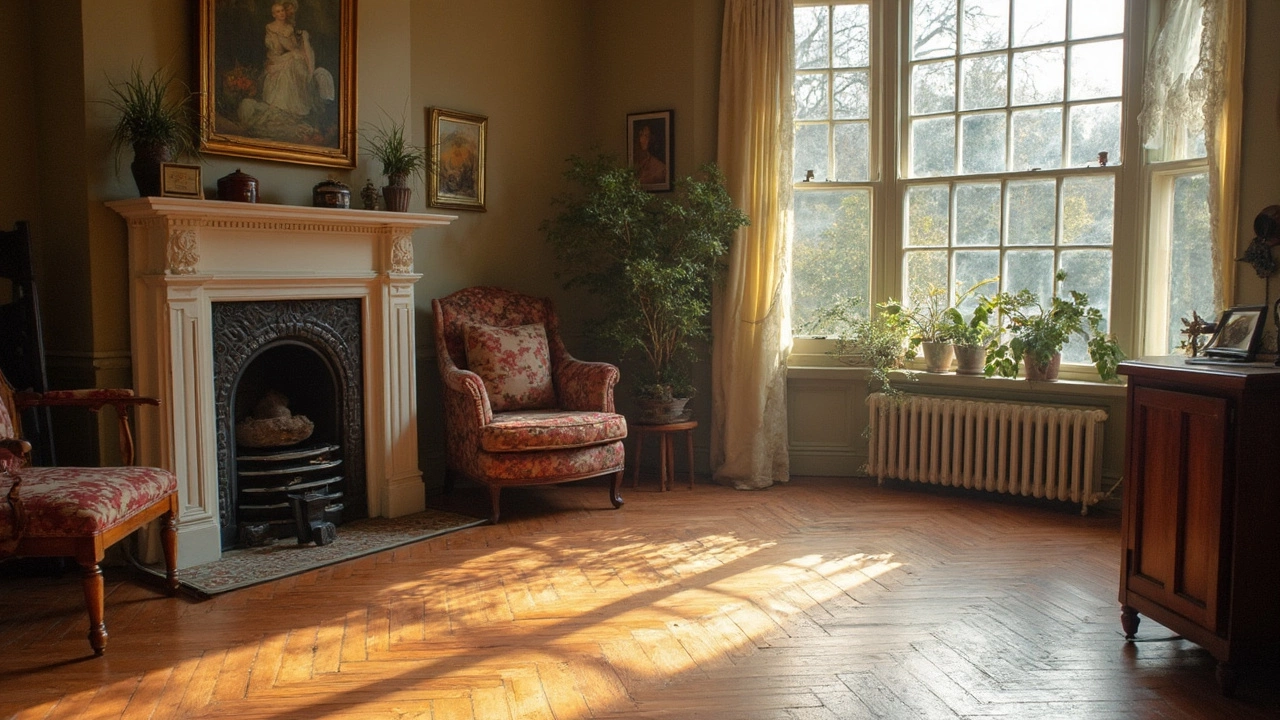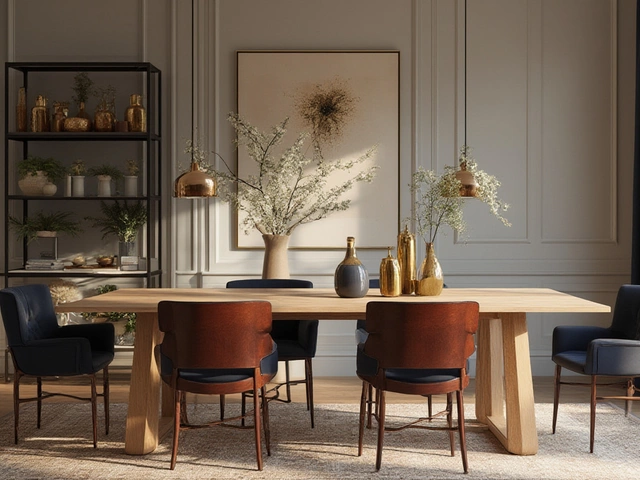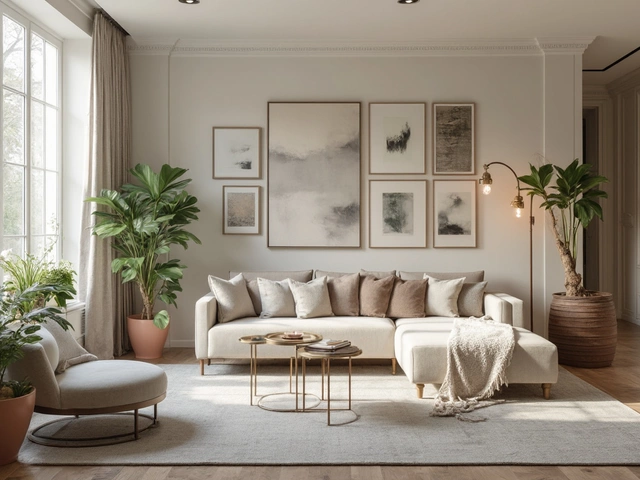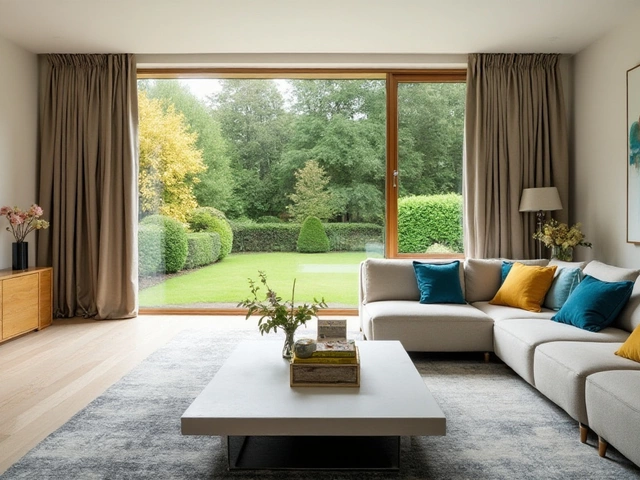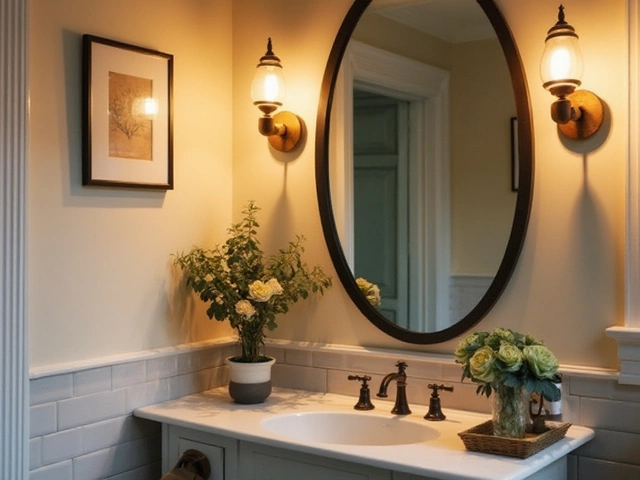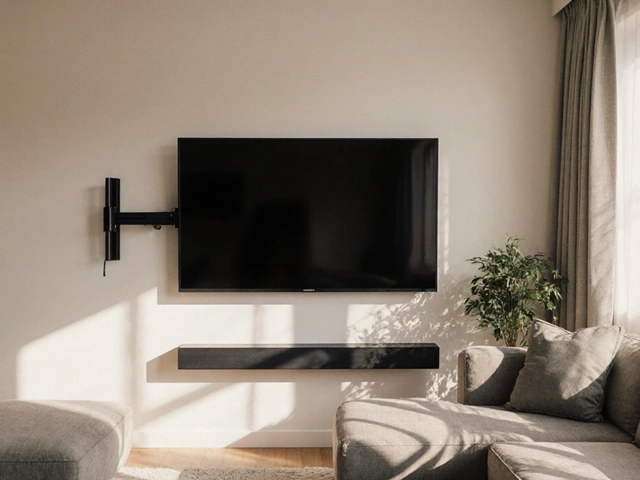Old House Flooring: Top Options, Tips & DIY Tricks
Got an older home and wonder which floor will look good without breaking the bank? You’re not alone. Many owners want to keep the character of a period house while adding a floor that lasts and stays in style. Below you’ll find straightforward advice on material choices, budget tricks, and simple DIY steps that work for most Aussie homes.
Choosing the Right Material
First, think about what you love about your old house. Is it the exposed beams, the traditional cornices, or the warm vibe of wood? If you want to keep that look, solid hardwood or reclaimed timber are top picks. They match the original architecture and can be sanded down later if you need a fresh finish. For a cheaper route, engineered wood gives the same look but costs less and works better over concrete slabs.
When wood isn’t an option—maybe the subfloor is uneven or you need quick installation—consider luxury vinyl plank (LVP). Recent studies show LVP can mimic real timber and even stone, while resisting moisture and wear. It’s a solid choice if you have a kitchen or bathroom where water is a concern.
Laminate flooring is another budget‑friendly alternative. Modern laminate can look surprisingly realistic, and it’s easy to click together yourself. Keep an eye on the wear rating; a higher AC rating means it can withstand heavier traffic, which is handy in living rooms and hallways.
Budget‑Friendly Installation Tips
Saving money often means doing some of the work yourself. For hardwood or engineered boards, a floating floor system avoids the need for nails or glue. All you need is a clean, level surface and a taping kit. You’ll hear a satisfying click as each plank locks into the next—no special tools required.
If you choose LVP or laminate, prep the subfloor by sweeping away dust and fixing any loose boards. A moisture barrier or underlay can improve comfort and keep the floor from squeaking later on. Lay the boards starting from the longest wall and use a spacer to keep a tiny gap for expansion.
Don’t forget to protect your floors during installation. A simple piece of cardboard or a drop cloth under the new floor can prevent scratches from moving furniture. And when you’re ready to place items back, use felt pads under legs to keep the surface looking fresh.
Finally, think about finishing touches. A good quality area rug can add warmth and hide any small seams, while also protecting high‑traffic spots. If you have a historic wood floor, a clear sealant will bring out the grain and add a layer of protection without changing the colour.
Whether you go for reclaimed timber, modern LVP, or affordable laminate, the right floor can boost your home’s curb appeal and keep the classic vibe alive. Take a look at the options, match them to your budget, and roll up your sleeves for a quick DIY install. Your old house deserves a floor that feels both timeless and practical.

